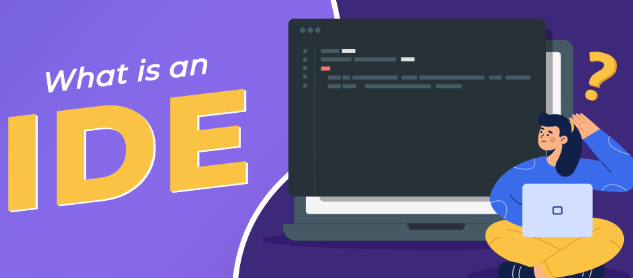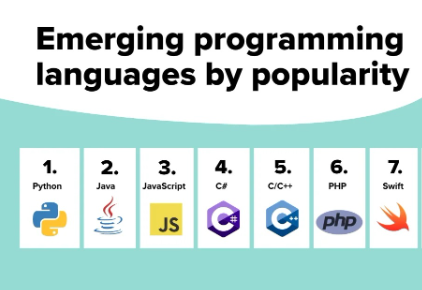
What is an IDE? | Simple Explanation with Examples
If you’re just starting to code, you’ve probably come across the term IDE and wondered:
What exactly is it, and do I need one to write code?
In this blog, we’ll explain what an IDE is, why it’s useful, and show you a beginner-friendly example using Visual Studio Code (VS Code).
What Is an IDE?
IDE stands for Integrated Development Environment.
It’s a software tool that gives you everything you need to write, run, debug, and manage code—all in one place.
Think of an IDE like a smart digital workspace for programmers. It’s like Microsoft Word, but for writing code—with extra features to catch errors, run programs, and organize your files.
Key Features of an IDE
| Feature | What It Does |
| Code Editor | Where you write your code |
| Debugger | Helps you find and fix errors |
| Compiler/Interpreter | Translates your code into something a computer understands |
| File Explorer | Organizes your project files and folders |
| Extensions/Plugins | Adds tools for specific languages or frameworks |
| Terminal/Console | Lets you run code or commands without leaving the IDE |
Why Beginners Should Use an IDE
Using an IDE makes learning to code easier and more efficient, because:
- You get real-time error detection
- It helps with autocomplete suggestions
- You can test and debug without switching tools
- It keeps your code organized in one workspace
Related: Best Code Editors and IDEs for Beginners
Real Example: Using VS Code as an IDE
Let’s look at Visual Studio Code (VS Code), one of the most popular and beginner-friendly IDEs (technically a “code editor” with IDE features).
Step-by-Step Walkthrough
- Install VS Code
- Choose a Language
Install extensions for:
- Python
- JavaScript
- C++
- HTML/CSS
VS Code auto-detects your language and helps with suggestions.
- Write Code
Example (Python):
print(“Hello, world!”)
- Run the Code
Use the built-in terminal or “Run” button.
- Fix Errors
If there’s a mistake, VS Code will underline the issue and show a helpful message.
- Explore Project Files
Use the left sidebar to manage all your project files in one place.
Tip: You can customize the editor with themes, keyboard shortcuts, and plugins!
Other Popular IDEs (Besides VS Code)
| IDE | Best For | Language Focus | Free? |
| PyCharm | Python development | Python | (Community) |
| Eclipse | Java projects | Java, C++ | Yes |
| IntelliJ IDEA | Enterprise apps | Java, Kotlin | (Community) |
| Replit | Browser-based IDE | Multiple | Yes |
IDE vs Code Editor – What’s the Difference?
| IDE | Code Editor |
| Full toolset (editor + debugger + terminal) | Just for writing code |
| Slower to start, but powerful | Lightweight and fast |
| Ideal for complex projects | Great for small scripts or quick edits |
| Examples: PyCharm, Eclipse | Examples: VS Code, Sublime Text |
Tip: VS Code is a hybrid—it starts as a code editor but can act like an IDE with the right extensions.
Final Thoughts
You don’t need an IDE to start coding, but it helps a lot—especially as your projects grow.
A good IDE like VS Code offers:
- A smoother learning experience
- Error detection and code suggestions
- One place to write, test, and debug your code
So, if you’re a beginner and unsure where to start—try VS Code. It’s free, beginner-friendly, and supports almost every programming language.


